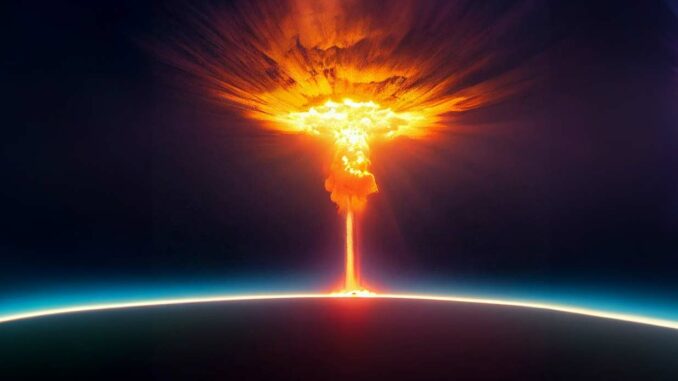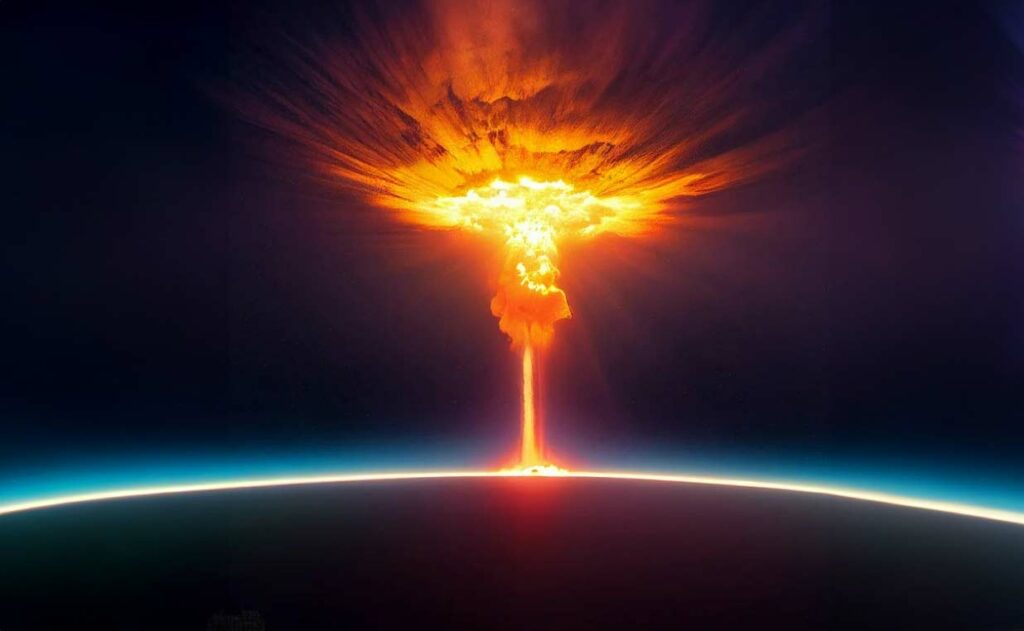
The USA is developing a new variant of the B61 nuclear bomb, the B61-13, which promises increased power and precision. This development raises questions about global security, the balance of nuclear power and US military strategy.
The Pentagon’s announcement: towards a new nuclear era
The US Department of Defense recently announced the development of a new version of the B61 nuclear gravity bomb, the B61-13. This development is part of the modernization of American nuclear forces, in response to the growing security challenges posed by China and Russia.
Features and objectives of the B61-13
The B61-13 would feature similar power to the B61-7, but with modernized accuracy and safety features. Its design is intended to meet the need for a more effective nuclear deterrent, while replacing older models. It would also give the President of the United States more options for striking large-scale military targets.
The political compromise behind the creation of the B61-13
The creation of this bomb appears to be an attempt at political compromise, in particular to resolve an impasse between Democrats and Republicans over the fate of the B83-1, a high-powered bomb that has been in service for four decades.

American strategy and geopolitical implications
The announcement of the B61-13 highlights the nuclear strategy of the United States in the face of its main rivals. This development reflects the urgent need to modernize the US nuclear arsenal to maintain a balance of power, especially in the face of the arms race launched by China and Russia.
The balance of terror: a changing dynamic
The arrival of the B61-13 in the US arsenal could significantly alter the dynamics of global nuclear deterrence. With an enhanced strike capability, the United States is sending a clear message to its adversaries about its determination to maintain a position of strength in this area.
Regional and global impacts
The increased presence of high-precision nuclear weapons could raise tensions in strategic areas, such as the Asia-Pacific region and Europe, where the USA has important security interests. This situation could lead to chain reactions and an escalation of arms races in other parts of the world.
Safety and ethical issues
Although the B61-13 is presented as a necessary technological advance, it raises important ethical and security issues. Increasing U.S. nuclear capabilities in a context of renewed international tensions could aggravate the risk of nuclear conflict.
The dilemma of nuclear deterrence
The use of nuclear deterrence as a means of preserving peace poses a paradox: increasing offensive capabilities to prevent war. This approach can lead to increased instability, particularly if adversaries perceive this advance as a direct threat.
Ethical considerations
The modernization of nuclear weapons raises major ethical concerns. The potential use of such weapons could have devastating humanitarian and environmental consequences, calling into question fundamental moral principles in times of peace and war.
The development of the B61-13 by the United States is a milestone in the modernization of its nuclear arsenal. While offering a more precise and powerful strike capability, this move raises questions about the global balance of power, international security and the ethical dilemmas associated with the use of such weapons. The future of nuclear deterrence and its implications for world peace remain uncertain, highlighting the need for in-depth reflection on the role of nuclear weapons in our contemporary world.
War Wings Daily is an independant magazine.